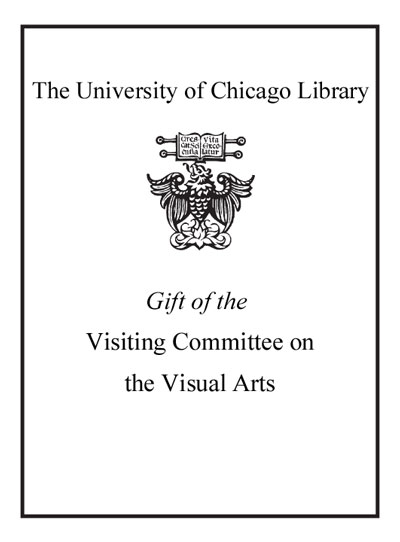Review by Choice Review
If parents didn't take photographs of their children when the children were young, how would the grown persons know what they looked like at that earlier age? Everyone believes the "reality" of what/who is in a photograph, so the photographs become memories of the earlier self or events. But this was not the case before 1839. Green-Lewis (English, George Washington Univ.) traces the history of this phenomenon, primarily via evidence found in the literature following photography's various inventions. Released in the "Photography, History: History, Photography" series, this well-written book explores in detail how, during the Victorian era, reality, memory, the novel, and other literature were significantly modified due to the evolving belief in the pictorial "reality" of the emerging versions of photographic imagery of people, places, and things. (The author is not concerned with the medium's early attempts at art construction, nor with how photography affected other media and artists.) Reproductions are few, but they serve to make the points in a somewhat repetitive text. Largely overlooked, however, are the effects of captions and text accompanying photographs. Consider the words take and capture! Consider the photographic detail human vision misses. Summing Up: Recommended. With reservations. All readers. --Carl Chiarenza, University of Rochester
Copyright American Library Association, used with permission.
Review by Choice Review

